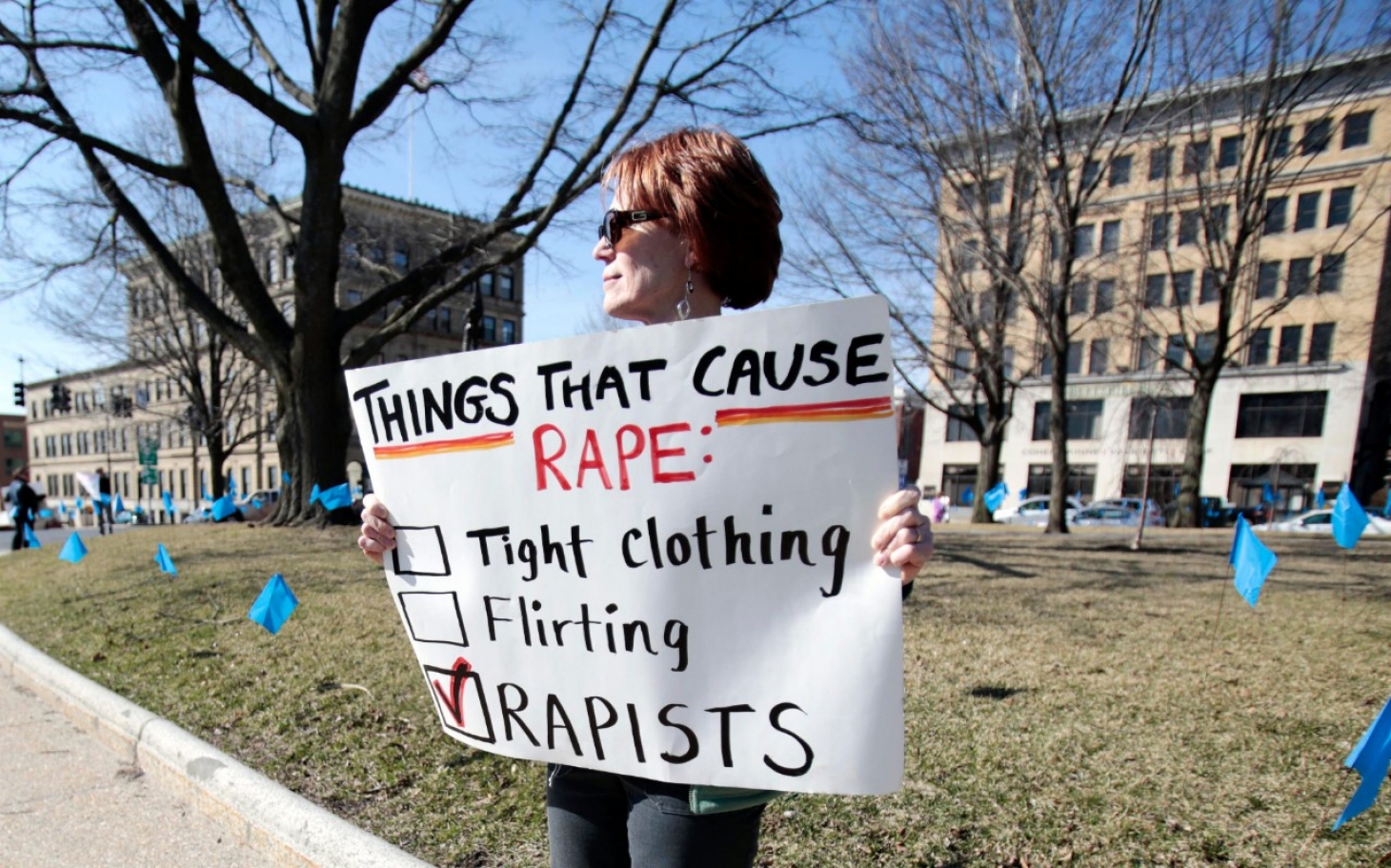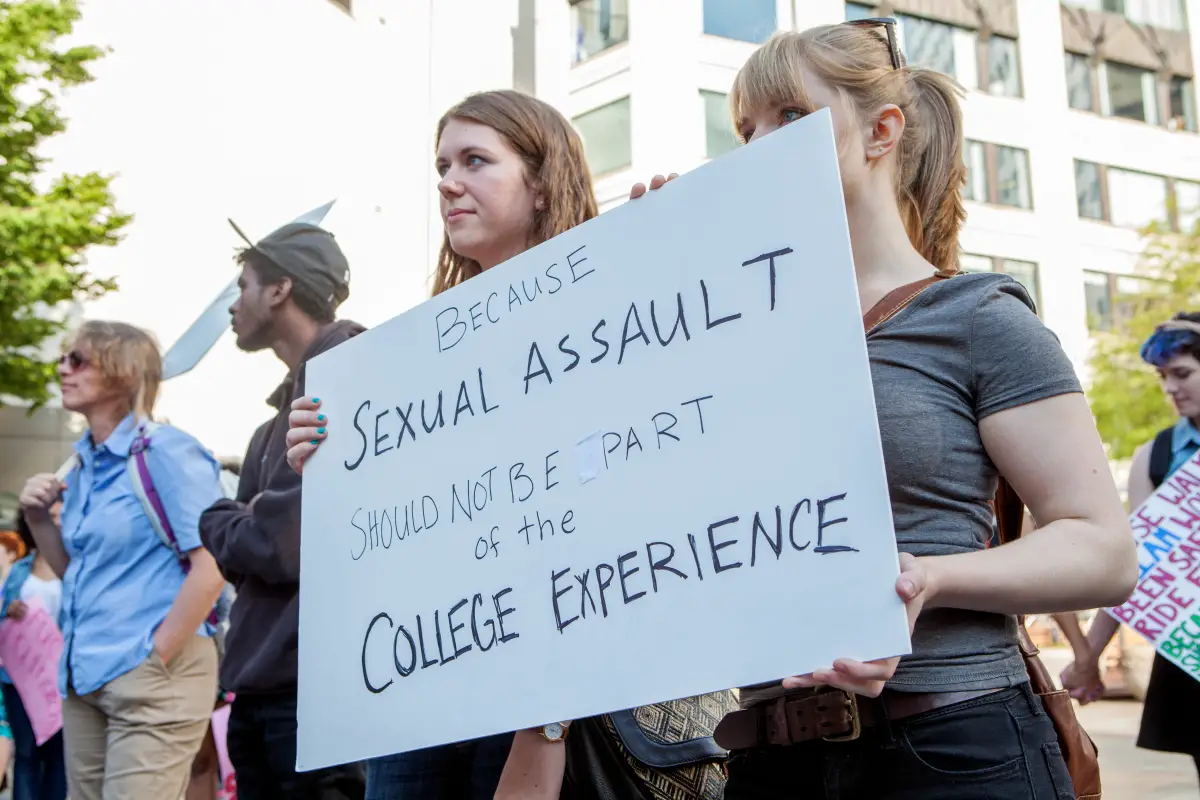Though the goal of eradicating rape and sexual assault on college campuses may seem impossible, in reality, the opposite is true: If anyone is going to end sexual abuse, it’s college students.
Consider the demographic. Students are an elite group of ambitious, intelligent individuals who are often idealistic, progressive and looking to improve their world. In other words, if the solution to sex crime is going to come from anywhere, what conditions are more favorable than those of the university?
Yet, as cynics will quickly point out, if the atmosphere is so ripe for forward thinking, why has the problem of sexual abuse persisted, if not exacerbated within recent years?

Despite infrastructure designed to increase the security of students, the Justice Bureau of Labor Statistics found a 77 percent rise in “forcible sex offenses” from 2001-2012. (Caveat: Experts are quick to explain that the increase is likely because the rates of reporting instances of assault has risen, not that the number has grown so vertiginously. In fact, according to the National Sexual Violence Resource Center, nearly 90 percent of victims do not report their assault. Perhaps this is because, according to RAINN, out of 1,000 rapes, 994 rapists walk free.)
Though statistics only reflect reported cases and thus should be taken with a grain of salt, it still stands that at least one in every five college women will be sexually assaulted. This is a massive problem.
And what are colleges doing about it? Well, not much.
After the Brock Turner debacle, Stanford has opted to eliminate hard alcohol. The National Institute of Justice offers women a list of factors that increase their risk of sexual assault, one of which is “day of the week.”
Again and again, sexual abuse is painted a “female problem,” and the solutions to curtailing it require women to bend and contort their lives in order to avoid (or at least reduce their chances of) being raped.
But what attention is paid to stopping the perpetrators of these crimes? Very little. If you think otherwise, try to name any other crime in which the importance of avoidance is so heavily stressed. Words like avoid, reduce, limit, restrict, safeguard and ensure peppered the legal language so frequently during my research that it began to seem as if rape were a crime in which the victims and those at fault were the same. For years, women have been tasked with preventing their own assault, and for years, the assaults have not stopped.
Perhaps, then, the solution to ending sexual assault starts with laying the blame at the feet of those who deserve it. More simply: Acknowledging that sexual abuse is a male problem, and that the behavior of men, not women, needs to change.
Men need to be the ones undergoing sexual assault education classes, being trained to identify and disrupt nonconsensual sex, discouraging each other from blackout drinking, and generally becoming the face of sexual assault prevention.
In other words, for rape to end, it has to become a “male problem.”
In addition, colleges nationwide should adopt compulsory sex education similar to the AlcoholEdu that most Texas students take. It should cover what consent is and is not, how to report assault, how to intervene as a witness and how to defend yourself, amongst other things. The focus should be on dissuading and informing would-be male rapists.
At Johns Hopkins, students in Greek life and on sports teams are required to complete Bystander Intervention Training (BIT). In these classes, students are given three cards and are presented with various sexual scenarios. If the behavior of the couple in the scenario is legally appropriate, the green card goes up; if it borders on questionable, the yellow card goes up; and if the scenario is dangerous, the red card goes up. Often, there is a difference in viewpoints between the female and male students, which prompts conversations and learning on both sides.
Imagine the possibilities that could stem from the entire male student body being informed, self-responsible and mobilized into protecting its female students instead of endangering them. When men are finally as invested in preventing sexual assault as women, there could finally be a reduction, if not elimination of campus assault.

















